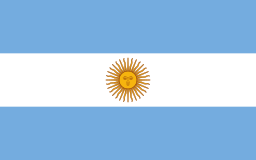
Visa and entry requirements Argentina:
Passport required
No visa is required
Information from the Foreign Office about your trip to Argentina:
https://www.auswaertiges-amt.de/de/argentiniensicherheit/201326
Argentina is a republic in southern South America with around 44.5 million inhabitants. It borders Bolivia to the north, Paraguay to the northeast, Brazil to the east, Uruguay to the southeast and Chile to the west. The country's name is derived from the Latin name for silver, Argentum, and dates back to the Spanish colonial period, when it was hoped to find precious metals here. The national currency is the Argentine peso, where 1 euro corresponds to around 60 ARS.
Argentina is the eighth largest country in the world and the second largest on the South American continent. Because of its large north-south extent (around 3,700 kilometers), the country has shares in several climatic and vegetation zones. The extent from west to east is approximately 1,400 kilometers and the state borders the Atlantic Ocean to the east.
Patagonia, located in the south of Argentina, is characterized by strong westerly winds and a predominantly very harsh climate. This area, which makes up about a quarter of the country's area, is very sparsely populated and is also home to the lowest point in all of America, the Laguna del Carbon at 105 meters below sea level.
The entire western border area is occupied by the Andes, the longest continental mountain range on earth. The Argentine Andes are also home to the highest mountain on the entire continent, Aconcagua at 6,962 meters high, as well as the two highest volcanoes in the world, Ojos del Salado at 6,880 meters and Monte Pissis at 6,795 meters.
In the north on the border with Brazil and Paraguay, in the tri-border area, is the Iguazu National Park with the famous Iguazu Falls, which are three times larger than Niagara Falls in the United States.
However, Argentina's hydrology is dominated by the Rio de la Plata. With its huge catchment area outside the country, it becomes the widest river in the world at its mouth in the Atlantic, with a width of around 220 kilometers.
Another attraction in the country is the Perito Moreno glacier in the Glaciares National Park and attracts thousands of tourists every year.
The largest island in the country is Isla Grande de Terra del Fuego and is part of the Tierra del Fuego archipelago, which is shared by Argentina and Chile. The capital of the island of Tierra del Fuego is Ushuaia, also known as the southernmost city in the world or “The End of the World”.
The country's largest cities include Buenos Aires, Cordoba, Rosario, Mendoza, San Miguel de Tocuman, La Plata, Salta, Santa Fe, Mar del Plata and San Juan.
Buenos Aires, is the capital and heart of Argentina, the world capital of tango and an important cultural center in America, with a metropolitan area of more than 13 million inhabitants. The city is located on the east coast of the South American continent, on the Rio de la Plata, which flows into the Atlantic there. To the west and south of the capital stretch the Pampas, the most agriculturally fertile area in Argentina. The vast grassy plains of the Pampas provide ideal grazing areas for the world-famous Argentine cattle.
The main attractions of Buenos Aires include the Obelisk of Buenos Aires on Avenida 9 de Julio, Plaza de Mayo, Congress Palace, Plaza General San Martin, Presidential Palace, City Hall, Monument San Martin, La Bombonera Stadium the Boca Juniors, the Recoleta Cemetery, the Florida street for shopping, the old port area of Puerto Madero, the colorful artistic district of La Boca - the birthplace of tango, the Avenida Corrientes, the Teatro Opera, the Metropol Cathedral, the Evita Peron Museum, the National Historical Museum, the Museum of Modern Art and the well-known Teatro Colon – one of the most famous opera houses in the world.
In January 2018 I visited beautiful Argentina for a week. It was my only trip to this South American country so far.
The city of Buenos Aires is a pulsating cosmopolitan city with an enormous number of highlights; the journey by open bus alone takes over five hours. The mid-range hotel I had previously booked, located directly at the city's most famous landmark - the Obelisk of Buenos Aires, was later no longer so cheap. After I had already paid the entire amount and a deposit of around 120 euros with my credit card upon arrival, the night shift there simply debited the room amount a second time. Even after several conversations with various hotel employees, who suddenly no longer understood English, this debit could no longer be reversed. Apparently the accounting department located outside the hotel wanted to credit the wrongly debited amount back in the following days. Unfortunately, I'm still waiting for it to this day. During all my travels around the world, I have never encountered fraudsters like those in the Park Silver Obelisco hotel in Buenos Aires.
Additionally, I had another rare experience in Buenos Aires. I always thought that Argentina was the land of beef steaks and so I really wanted to get to know one of the best steakhouses in the capital. By chance there was one not far from my hotel and I paid a visit to the well-known restaurant. To my surprise, at nine o'clock in the evening, only two of what felt like 200 tables in the huge restaurant were occupied. The steak I typically chose was of such poor quality that I had not expected there. For probably the first and only time in my life, I hadn't eaten the piece of meat that I had always ordered in a similar way around the world and had returned almost all of it. My waiter actually wasn't interested at all and didn't even ask.
As beautiful as the diverse culture in the capital is, great caution is required there. Rarely before had I seen so many begging and sometimes aggressive people as in Buenos Aires. After all these negative experiences, this city is understandably not one of my favorites in the world.
During my time there, I also visited the famous Iguazu Falls, which converge so massively on the Argentinian side. The town of Puerto Iguazu is a very pleasant little town with lots of tourists and lots of cozy bars and restaurants. I actually felt quite comfortable there during my two days there.
However, my time on the Argentine side was not without notable incidents. Visiting the waterfalls there was a lot more difficult than the Brazilian neighbor across the street.
After entering and a short walk, a train took you to a middle station in around 20 minutes. To my dismay, all passengers had to get off the train at this central station, even though everyone wanted to go one station further to the famous waterfalls. Because of a small white piece of paper, which was available for free after queuing in a long line of people, everyone had to wait 30 minutes for the next train. Much worse, I once again found myself in the crowd at the train station for the onward journey to the actual waterfalls. The national park probably hopes that visitors will spend a lot of money in the surrounding restaurants and souvenir shops, which nobody does before actually visiting the waterfalls. This handling is absolutely stupid for me.
So there are considerable waiting times even before the actual climax and it drags on unnecessarily. On my return trip later, this bad planning on the part of the park operator was to really take revenge.
After I finally arrived at the actual Iguazu Falls after a good two hours, the weather suddenly changed. Just at the moment when I had fortunately already taken all the photos of the main attraction on the Argentine side, it started to rain terribly. The only problem was that only a two-kilometer-long wooden bridge on stilts led to this place, where the water converges at an incredible speed and then forms the huge waterfall in the shape of a funnel. After the cloudburst began, there was not a single opportunity to shelter for the entire two kilometers. Since waiting for the rain to stop along the entire route was completely pointless, I had to walk the whole way back in the pouring rain. At first I just felt completely sorry for the people who came towards me and were still on the way there.
It was of course completely foreseeable that many of the visitors simply wanted to leave after this absolutely heavy rain. Finally my train arrived again at the central station described above, where a huge crowd of people had already gathered under the small roof of the station. Coming from the waterfalls, we should of course get off the train again to get the stupid piece of paper for the onward journey. But since everyone on the train was already soaked, no one wanted to get off and wait for the next train in 30 minutes. Consequently, real dramas took place at the train station because no one wanted to leave and everyone wanted to get on the train towards the park exit. The completely overwhelmed staff were no longer able to cope with the whole situation. Everyone just crowded onto the train, like somewhere in the third world.
Later I was really happy to have left the national park and reached my hotel. There was now no place on my body that wasn't completely soaked. Luckily my phone still worked because I kept it in my hand in my pocket away from the water the whole time. Everything else, like my passport, my money or my cigarettes, were completely wet or unusable.
My subsequent entry on the Internet portal “Tripadvisor” about this incident, the chaotic and poorly organized conditions on the Argentine side of the Iguazu Falls, brought me around 25,000 readers of the article in the first week.
My trip to Argentina finally ended in the southernmost city in the world, Ushuaia. This impressive port city at the so-called “end of the world” is the general starting point for all cruise ships on their way to Antarctica. Huge snow-capped mountains form an impressive and dreamlike panorama around Ushuaia.
After this really impressive city, several days at sea awaited me and the ship on my subsequent two-week trip to the seventh continent.

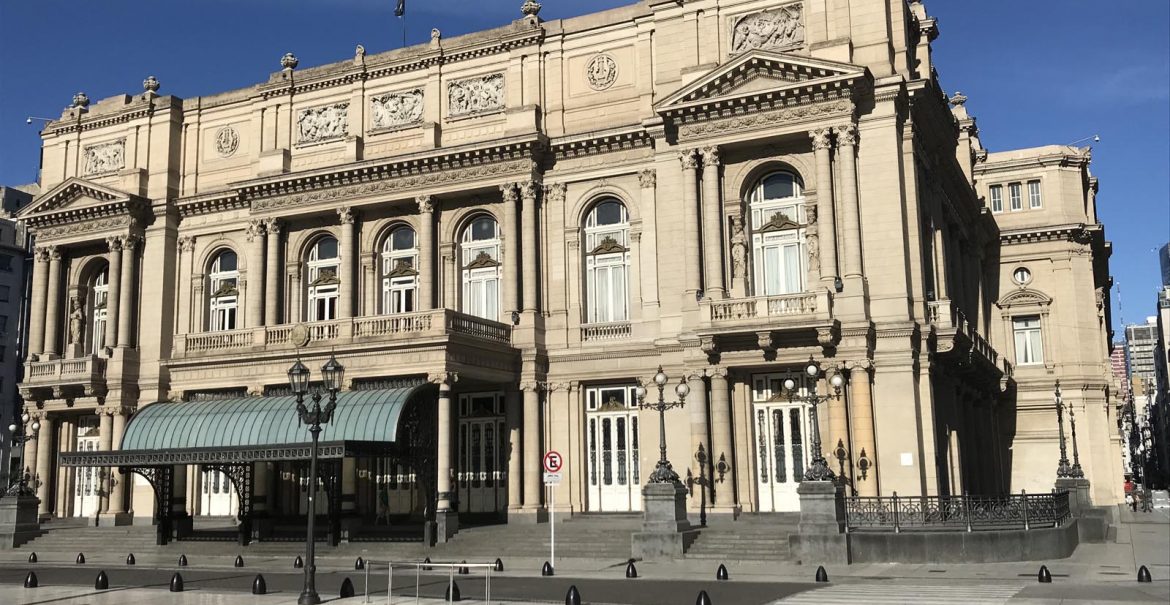

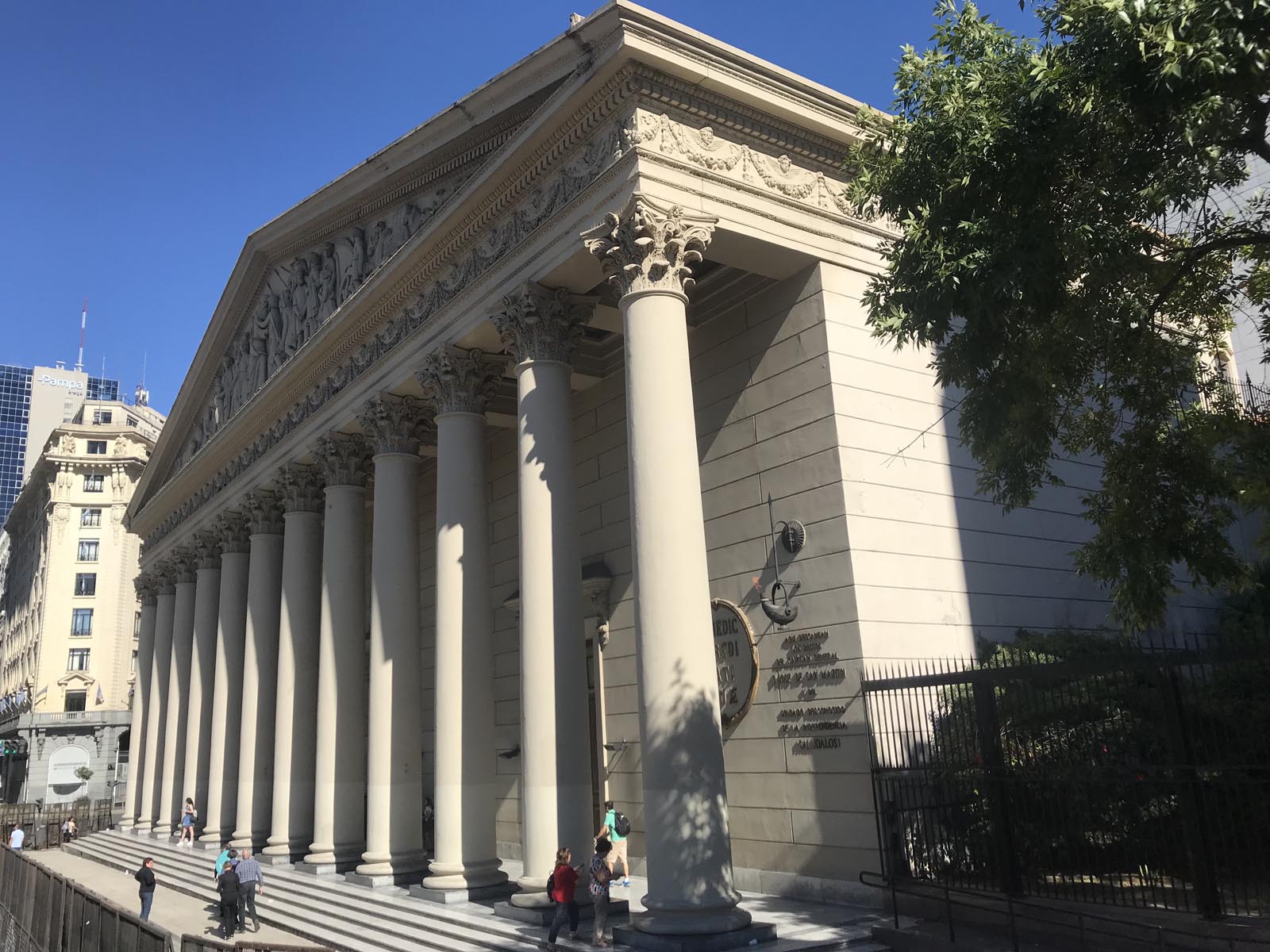














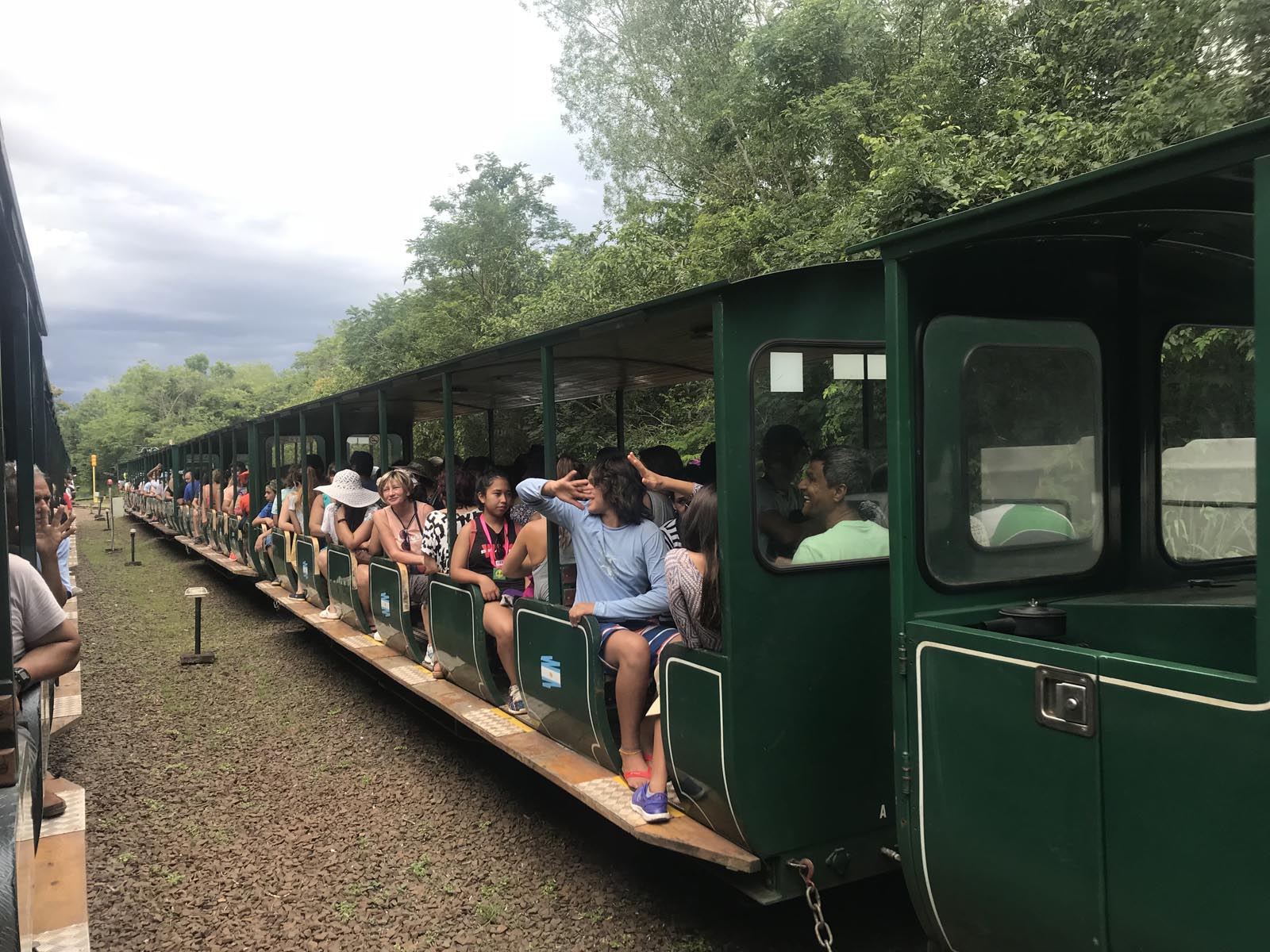
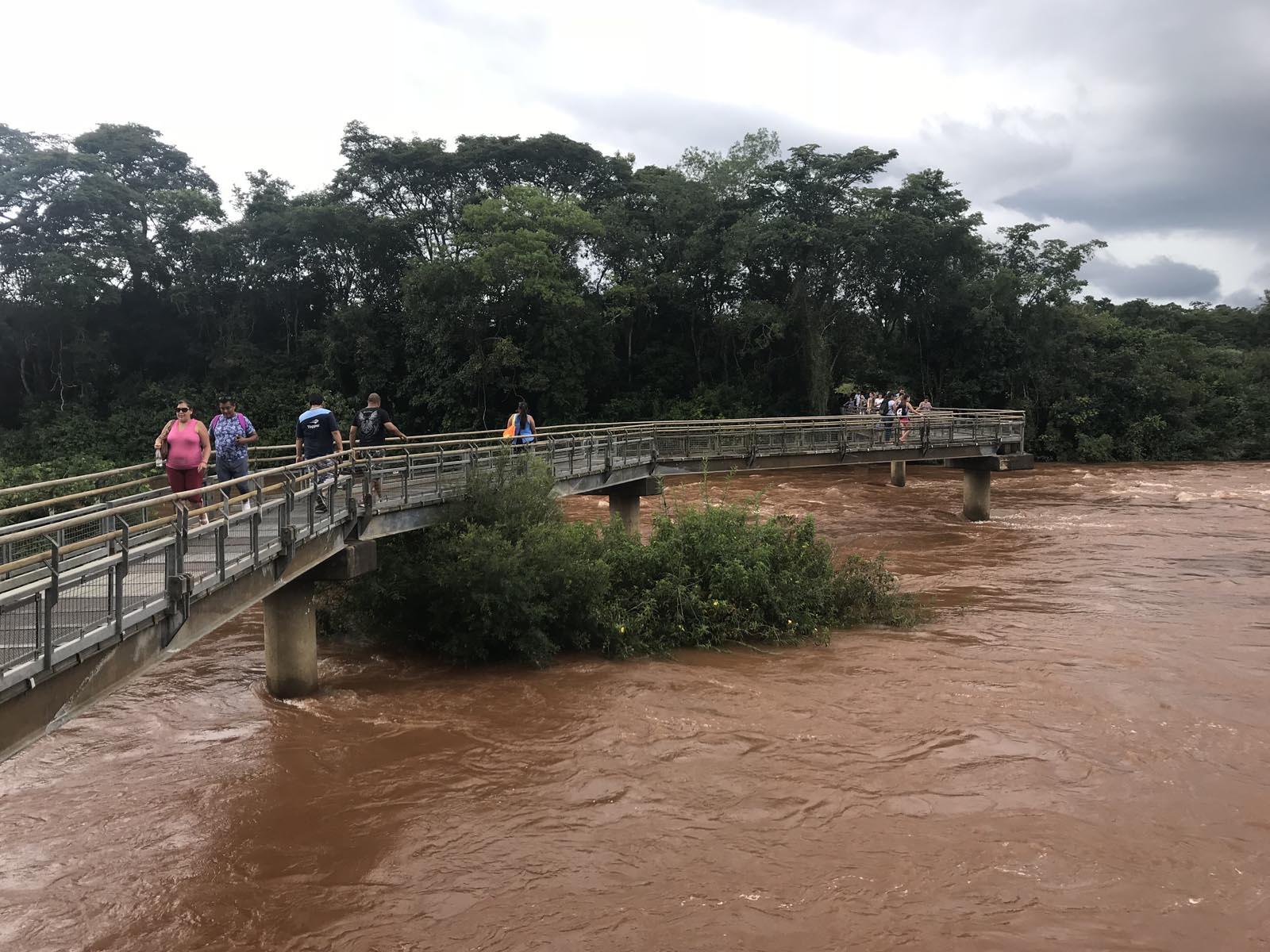

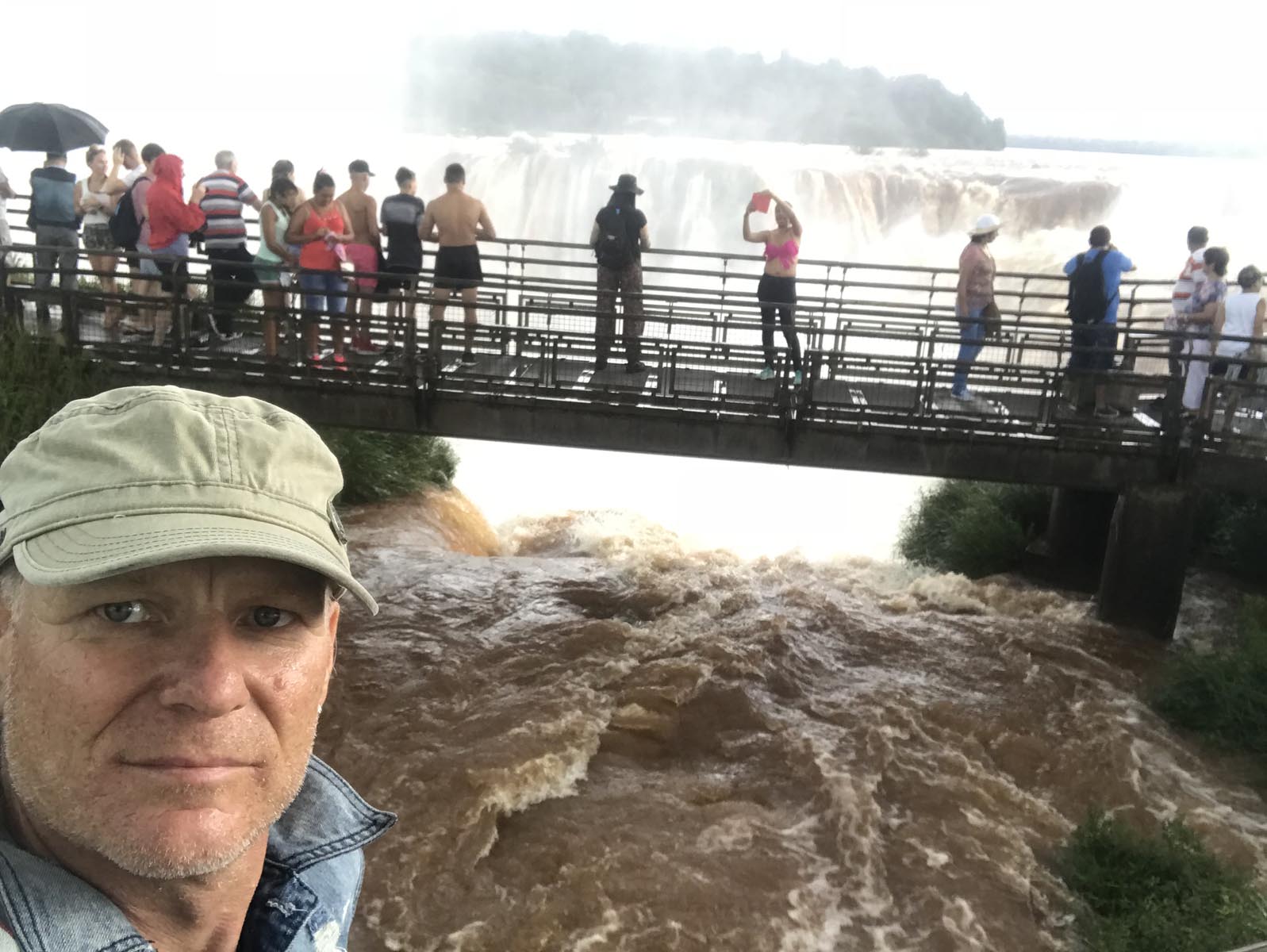

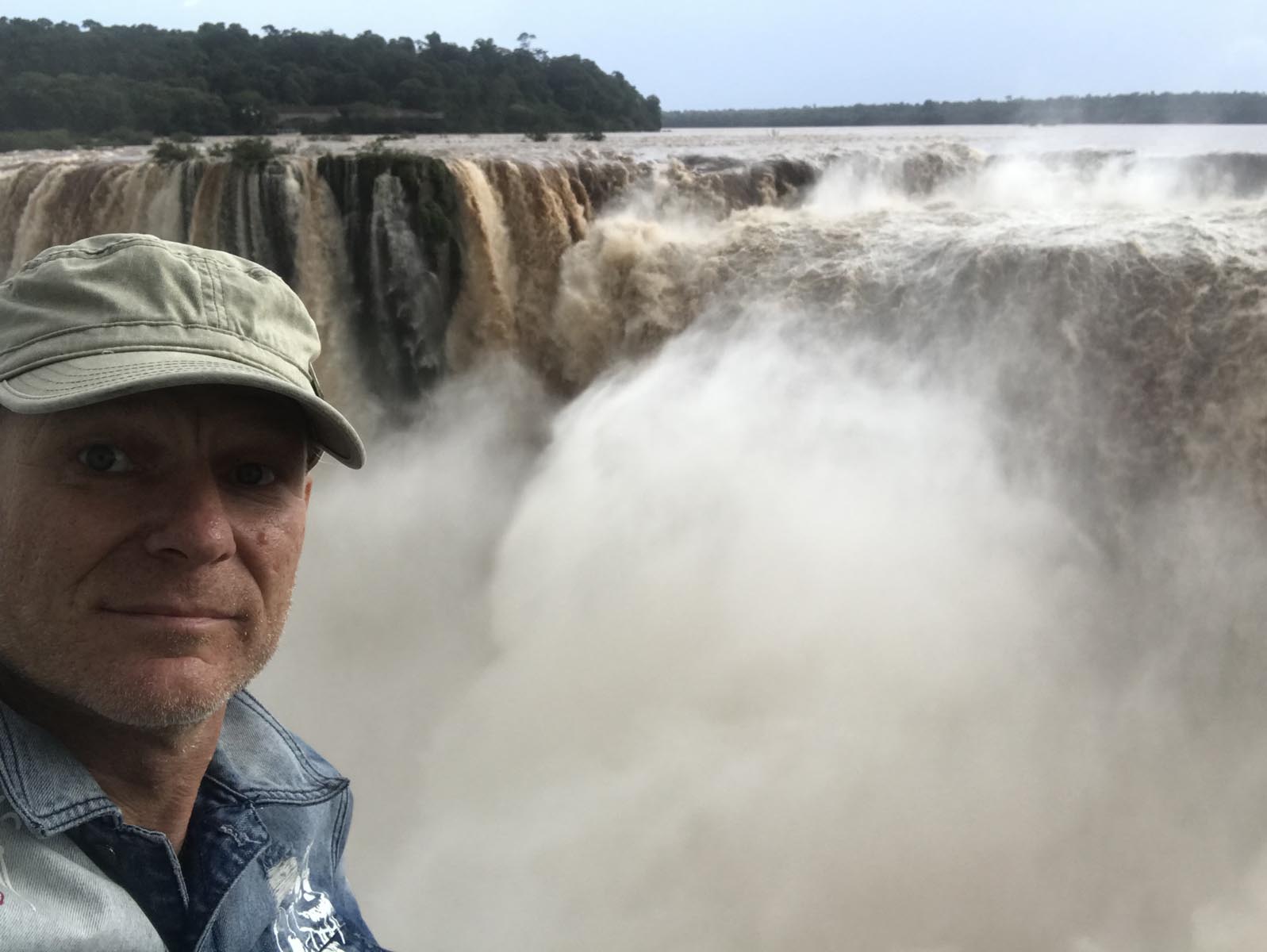












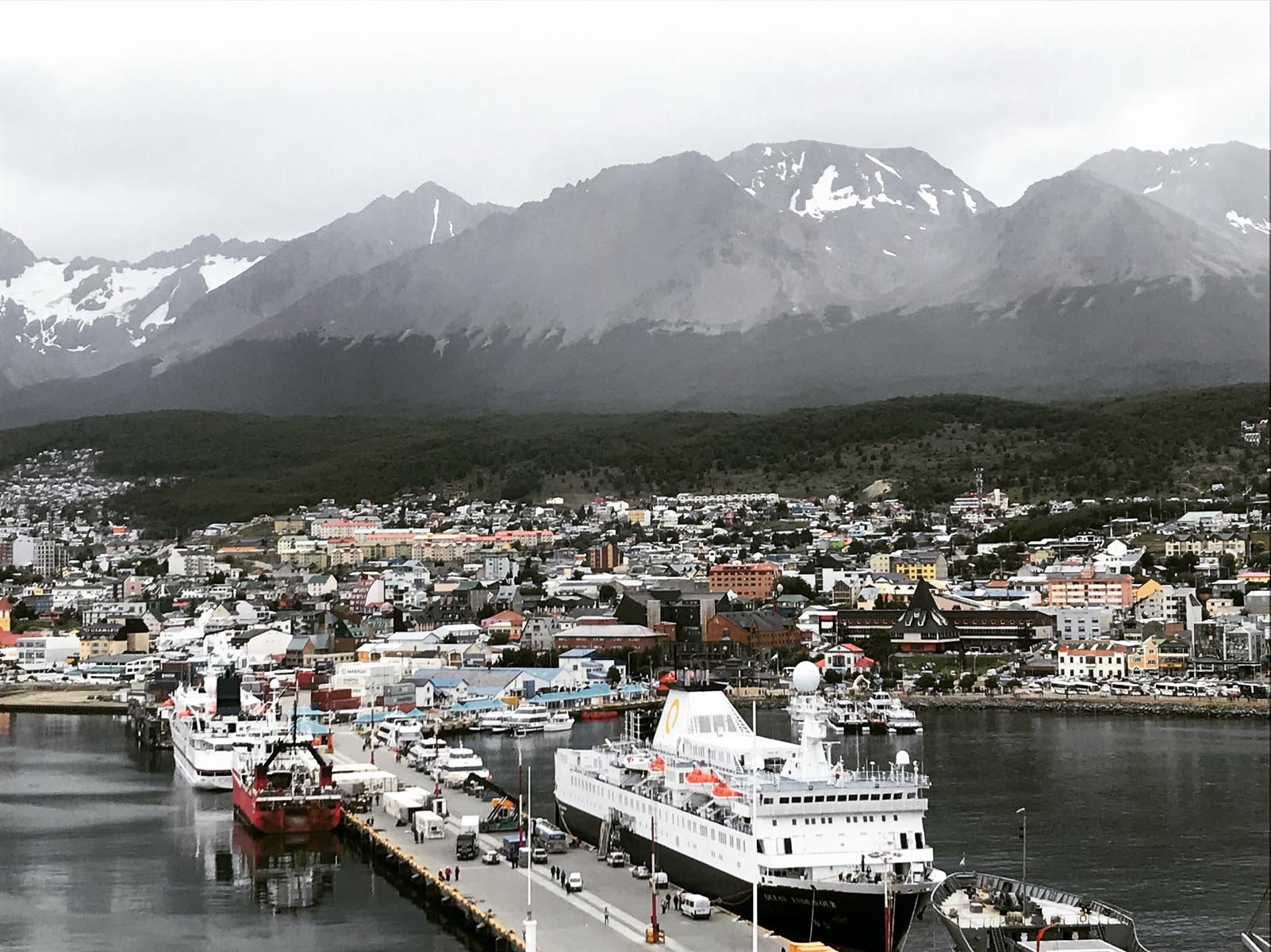









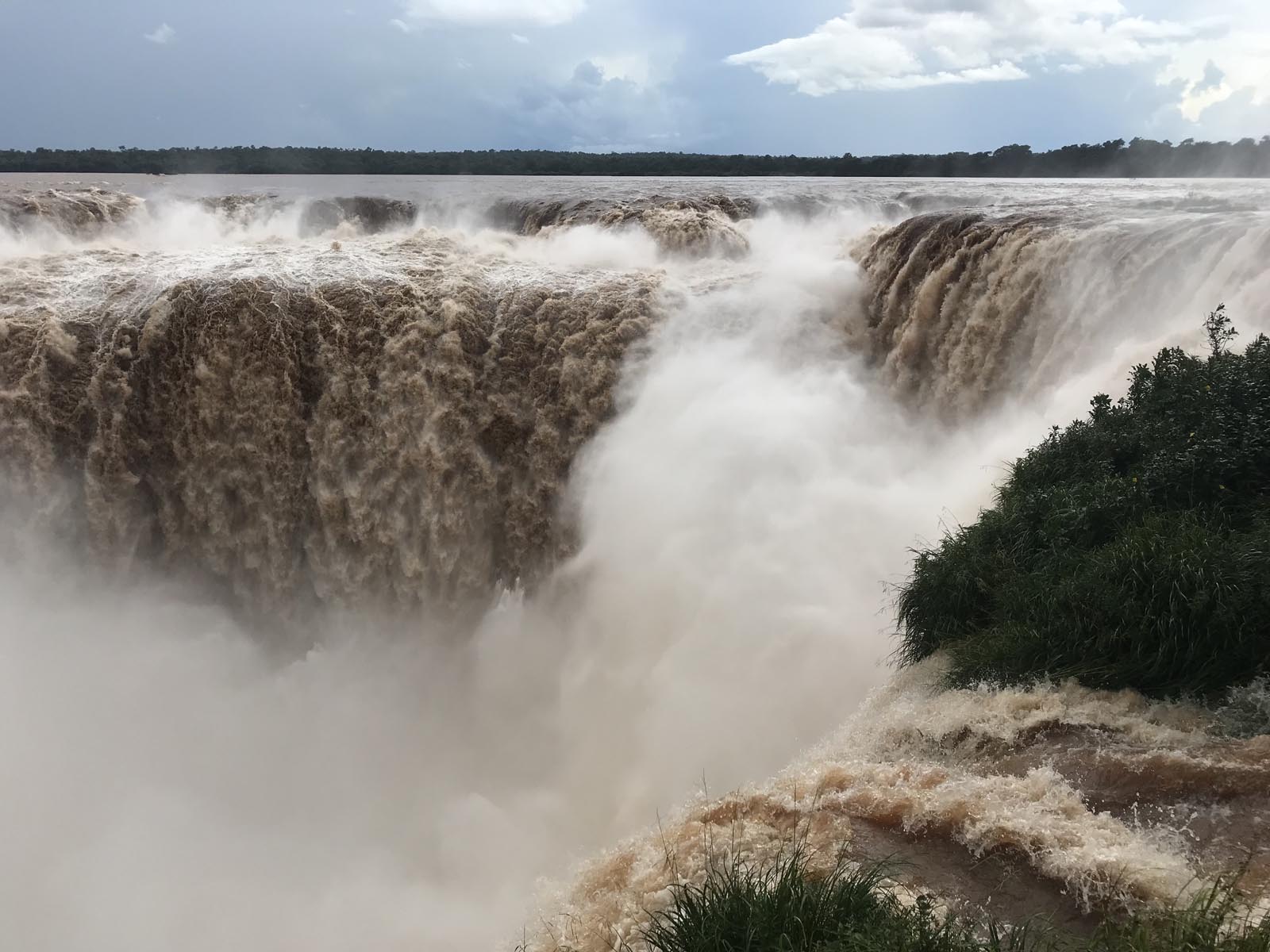

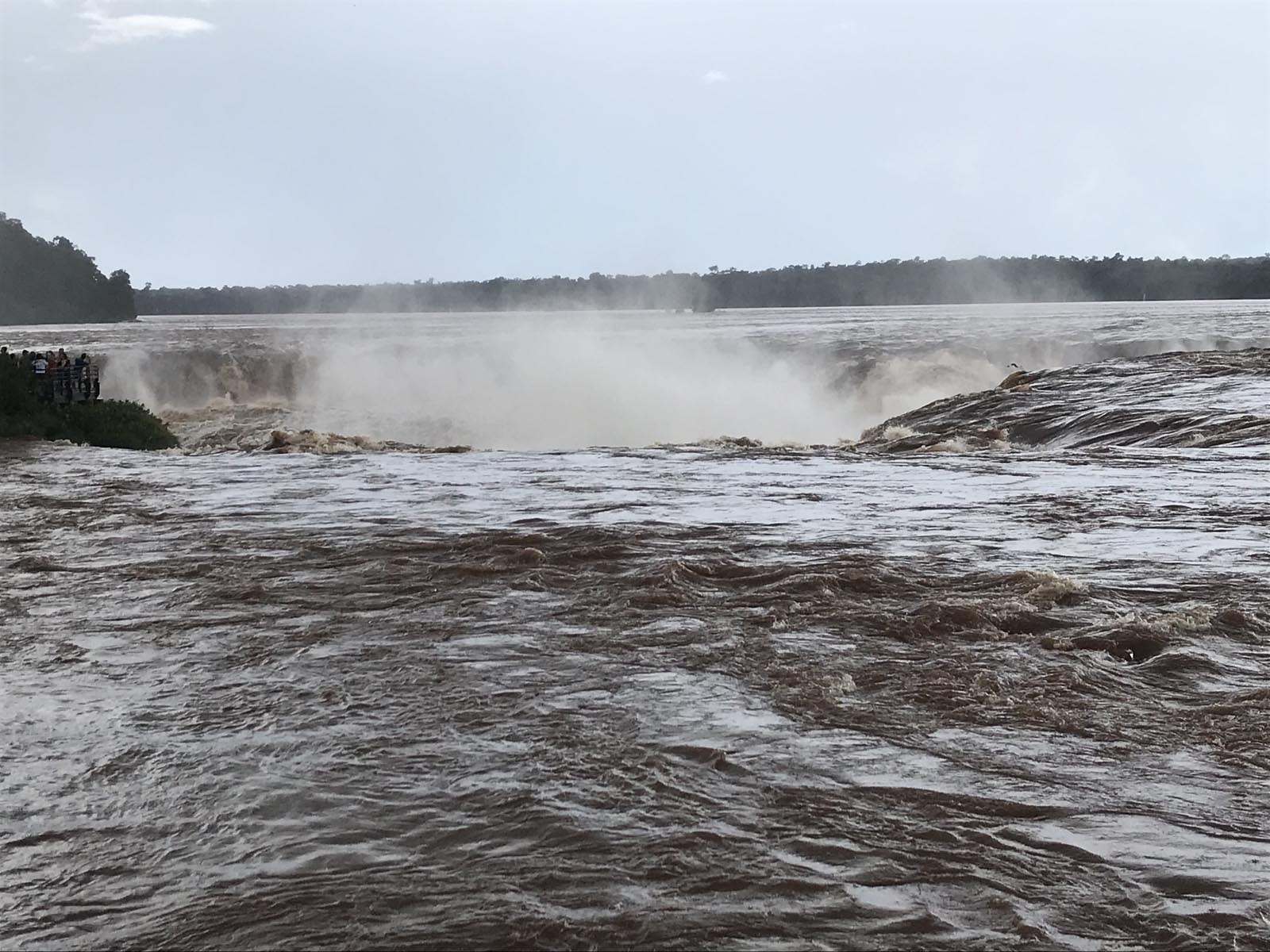

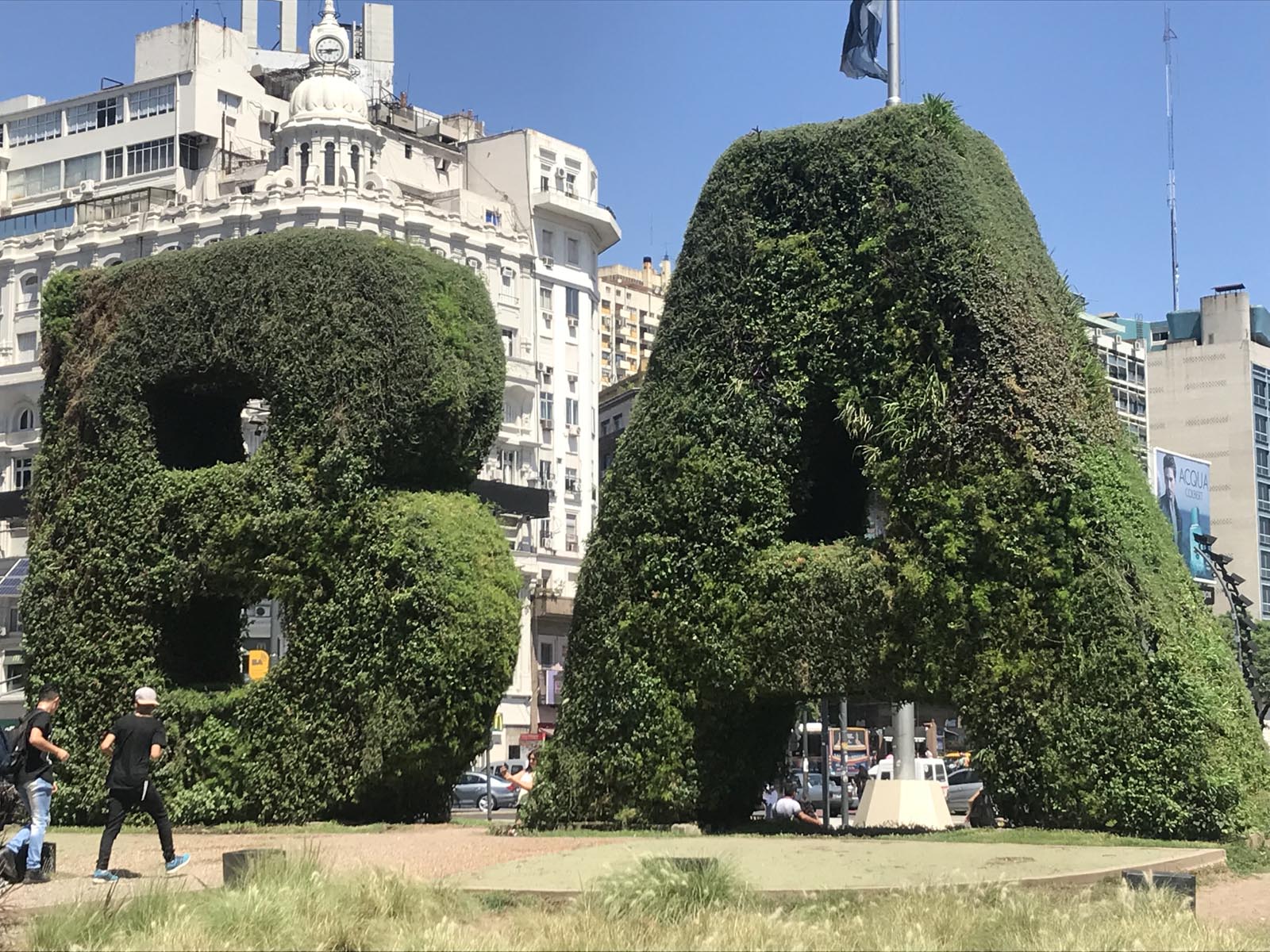


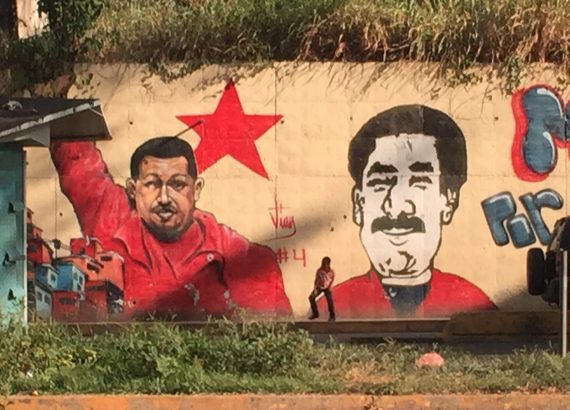
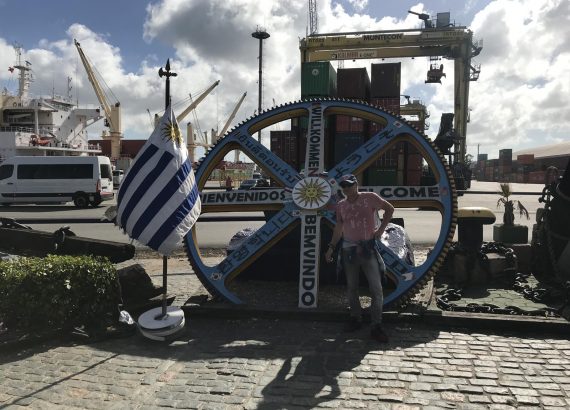
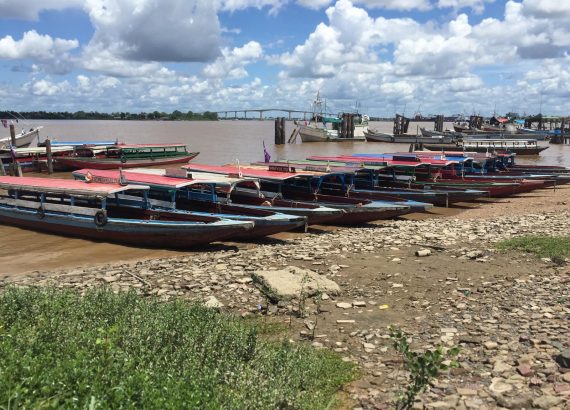
No Comments